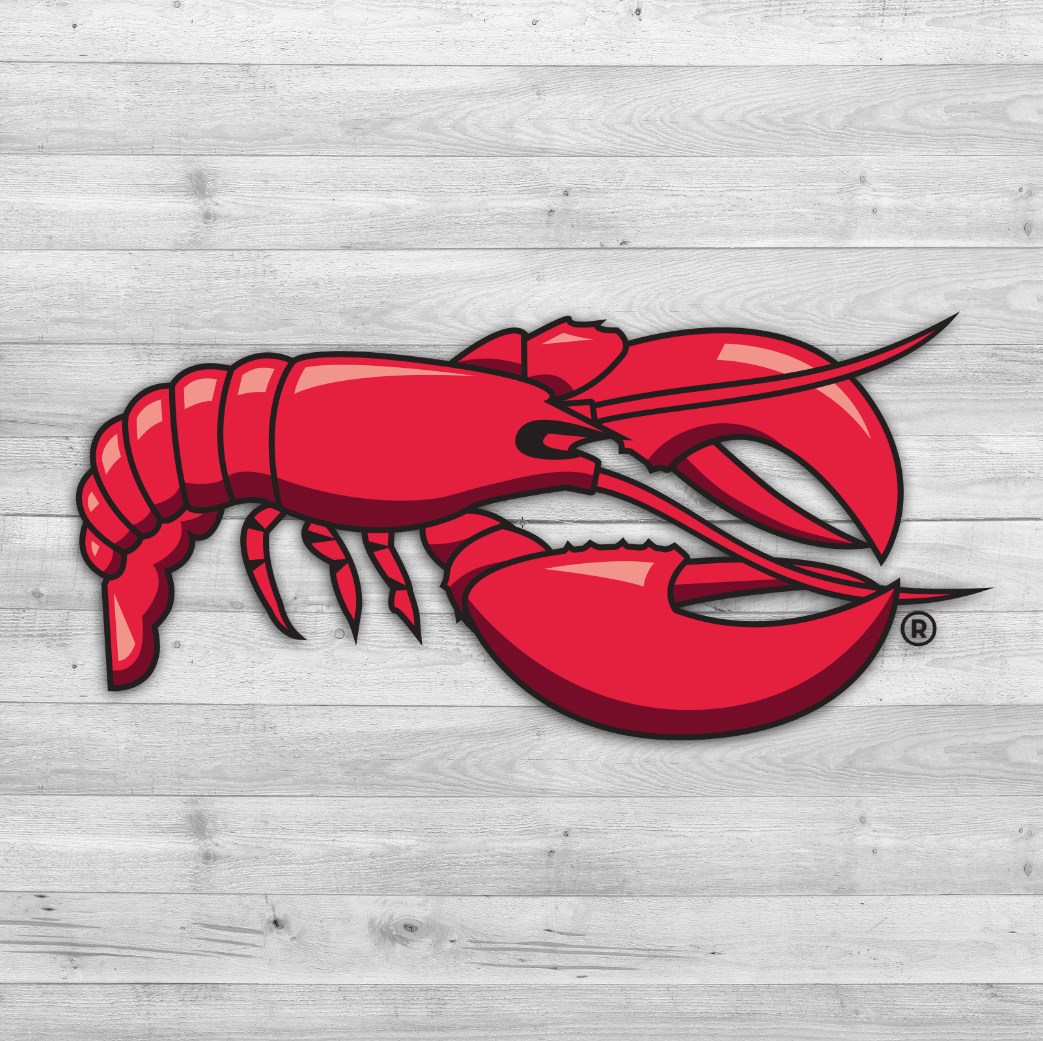Famous Franchises Restaurants Hit Hard by Economy
Discover how iconic restaurant franchises like Red Lobster, IHOP, and Pizza Hut are weathering economic storms with closures and strategic pivots. Learn what these changes mean for franchise investors navigating today’s inflationary landscape.

Table of Contents:
In 2024, the economic landscape remains challenging for many sectors, and the restaurant franchise industry is no exception. Persistent high inflation has significantly impacted the cost of living, with consumers tightening their belts and dining out less frequently. For restaurant franchises, the rising cost of ingredients and food supplies has led to increased menu prices, which in turn have further dampened customer demand. Labor costs have also surged as a result of a competitive job market and new minimum wage laws, adding another layer of financial strain on these businesses.
These economic pressures have resulted in tighter profit margins and higher operational expenses, forcing even well-established franchises to reevaluate their strategies. Many iconic chains, once seen as pillars of the industry, are now grappling with closures and financial instability. For instance, some well-known fast-food brands are experiencing reduced foot traffic and lower sales volumes, prompting them to close underperforming locations and cut back on expansion plans.
The challenges faced by these franchises are multifaceted. High energy costs have driven up utility bills, and supply chain disruptions have made it harder to maintain consistent inventory levels. Additionally, increased borrowing costs due to higher interest rates have made it more expensive for franchises to finance operations and growth initiatives. These factors collectively highlight the precarious position of restaurant franchises in the current economic climate.
Despite these difficulties, the franchise model still offers opportunities for savvy investors. The key lies in thorough due diligence and a strategic approach to selecting franchises that are better equipped to weather economic storms. This includes looking for brands that have demonstrated resilience through innovative business practices, strong customer loyalty, and efficient operational management. Moreover, potential franchisees should consider the importance of location, local economic conditions, and the ability of the franchise to adapt to changing market dynamics.
This article will delve into the specific impacts of famous franchises and explore how aspiring entrepreneurs can navigate these turbulent economic conditions to make informed investment decisions. By examining case studies and providing insights into successful strategies, we aim to offer a comprehensive guide for those looking to invest in the restaurant franchise sector during these uncertain times.
Which famous franchises are closing?
Let’s have a look at which franchise closures happened recently:
Fuddruckers is expected to close ALL locations by the end of 2024
Fuddruckers is a beloved hamburger joint known for its self-serve toppings bar. Rumors recently spread that Fuddruckers would close all its locations by the end of the year, causing a stir among loyal customers and industry watchers.
However, CEO Nicholas Perkins quickly denies these claims, stating that the misinformation originated from an unreliable source. He emphasized that Fuddruckers is not shutting down and is, in fact, expanding. “Our dynamic group of franchises continues to operate restaurants both nationally and internationally every day. This year, we will be welcoming new franchises into our system,” Perkins said, reaffirming the company’s commitment to growth and innovation.
Despite these reassurances, the restaurant industry’s challenges are undeniable as mentioned above. We will have to wait and see how Fuddruckers navigates this difficult inflationary environment.
Red Lobster
Red Lobster, a staple in the American dining scene, has been a go-to destination for seafood lovers for over half a century. Founded in 1968 in Lakeland, Florida, by entrepreneurs Bill Darden and Charley Woodsby, Red Lobster quickly gained a reputation for its affordable, high-quality seafood and casual dining atmosphere. The chain expanded rapidly throughout the United States, becoming synonymous with seafood dining for many Americans. Known for its signature dishes such as Cheddar Bay Biscuits, shrimp scampi, and endless shrimp promotions, Red Lobster carved out a significant niche in the restaurant industry.
Red Lobster’s operations are based on a franchise model, with each location offering a standardized menu that ensures consistency and quality across its many outlets. The chain’s business strategy has traditionally focused on offering a broad range of seafood options at reasonable prices, making it accessible to a wide demographic. This approach, combined with a strong brand identity and extensive marketing campaigns, helped Red Lobster grow to over 700 locations worldwide at its peak.
However, the company has faced significant challenges in recent years. The economic downturn of 2024 has exacerbated existing issues within the franchise. Persistent high inflation has increased the cost of food supplies, particularly seafood, which is already subject to price volatility. Additionally, rising labor costs and a competitive job market have further strained the company’s financials. These economic pressures have led to higher menu prices, which have, in turn, reduced customer foot traffic and sales volumes.
In May 2024, Red Lobster filed for Chapter 11 bankruptcy in Florida, citing a 30% drop in guest numbers since 2019 and an underperforming restaurant footprint. The company announced the closure of 99 locations across 28 states, a move that marks a significant contraction in its operations. According to CEO Jonathan Tibus, the company has faced numerous financial and operational challenges, including a difficult macroeconomic environment, a bloated and underperforming restaurant footprint, failed strategic initiatives, and increased competition within the restaurant industry.
The closures have been abrupt, with some locations having their kitchen equipment auctioned off. The bankruptcy filing details how these economic pressures have impacted the company’s ability to maintain its operations. Tibus emphasized that the decision to file for bankruptcy was necessary to address these challenges and attempt to restructure the company for future viability.
Despite these setbacks, Red Lobster remains a beloved brand with a loyal customer base. The chain’s history and reputation for quality seafood provide a foundation upon which it could potentially rebuild. However, this will require significant changes in its business strategy and operations. The company will need to streamline its operations, reduce costs, and possibly rethink its menu and pricing strategies to adapt to the current economic climate.
Red Lobster’s situation underscores the broader challenges faced by the restaurant franchise industry in 2024. High energy costs have driven up utility bills, and supply chain disruptions have made it difficult to maintain consistent inventory levels. Increased borrowing costs due to higher interest rates have also made it more expensive for franchises to finance operations and growth initiatives.
As Red Lobster navigates these turbulent times, the lessons learned could provide valuable insights for other franchises facing similar challenges. The key to survival will be adaptability, efficient operational management, and a focus on maintaining customer loyalty through quality and value. For potential franchise investors, Red Lobster’s story serves as a cautionary tale about the importance of thorough due diligence and the need to be prepared for economic uncertainties.
IHOP
IHOP, renowned for its delicious pancakes and extensive breakfast menu, is facing significant challenges in 2024, leading to the franchise closures of nearly 100 underperforming locations. Founded in 1958, IHOP has become a household name, offering a wide variety of breakfast, lunch, and dinner options. The franchise, operated by Dine Brands Global, has been particularly hard hit by rising operational costs, including higher food prices and labor costs, coupled with a significant drop in customer traffic.
The decision to close these locations comes after a thorough financial review, as the chain grapples with an 18.7% drop in sales in the third quarter of 2024. These franchise closures are part of a strategic move to eliminate underperforming outlets and focus on more profitable ones. Factors contributing to these financial difficulties include increased competition, changing consumer dining habits, and the economic impact of the pandemic, which led to reduced in-restaurant dining and a shift towards take-out and delivery services.
The pandemic has fundamentally changed how consumers interact with restaurants. Despite IHOP’s efforts to ramp up its take-out and delivery services, these channels could not fully compensate for the loss in dine-in revenue. Online ordering sales accounted for 22% of total sales in the third quarter, a decrease from earlier in the year. This decline indicates that while IHOP has successfully integrated digital sales channels, the overall reduction in consumer spending has taken a toll.
Additionally, some closures are due to specific operational challenges, such as expiring leases in less profitable locations and changing local demographics that no longer support high foot traffic. A spokesperson for Dine Brands Global stated that these franchise closures would allow the company to focus on better-performing restaurants and close the sales gap. This strategy aims to streamline operations, ensure restaurant safety, and provide compelling value and innovation to customers.
IHOP’s franchise model has historically relied on a large number of locations to maintain its market presence. However, the current economic environment has forced a reevaluation of this approach. The franchise closures reflect a shift towards a more sustainable and profitable business model. By reducing the number of underperforming outlets, IHOP aims to strengthen its overall financial health and focus on core areas where it can drive growth.
The brand’s resilience and adaptability are now being tested. IHOP must navigate these closures while maintaining its reputation and customer loyalty. The franchise’s ability to bounce back will depend on its capacity to innovate and adapt to new market realities, including embracing digital transformation, optimizing menu offerings, and enhancing customer experience.
Pizza Hut
Pizza Hut, one of the most iconic names in the pizza industry, is undergoing significant changes in 2024 as it plans to close almost 500 underperforming dine-in locations. This strategic move aims to shift the company’s focus towards delivery and carryout services, aligning with evolving consumer preferences and the current economic landscape.
Founded in 1958, Pizza Hut has grown to nearly 7,500 locations across the United States. Traditionally known for its dine-in restaurants with the recognizable red roof, the franchise has seen a decline in foot traffic at these locations. The shift in consumer behavior, where more people prefer the convenience of delivery and takeout, has left many of these larger dine-in establishments struggling financially.
Yum! Brands, Pizza Hut’s parent company, decided to close these underperforming restaurants to strengthen the overall business. According to company executives, the goal is to transition to modern delivery and carryout-focused stores, which are more in line with current market demands. This transformation is expected to bolster long-term growth by creating a more efficient and responsive service model.
The closures are not without challenges. Some customers have reported discovering their local Pizza Hut closed with little to no warning, often finding handwritten signs indicating the permanent closure. Despite the abrupt nature of these franchise closures, Pizza Hut continues to innovate and expand its menu in other locations, introducing items like Hot Honey Pizza and Hot Honey Wings in select markets.
Pizza Hut’s decision underscores a broader trend in the restaurant industry, where chains are reevaluating their operational models to adapt to changing consumer preferences and economic conditions. By focusing on delivery and carryout, Pizza Hut aims to maintain its relevance and continue serving its loyal customer base effectively.
Conclusion
In conclusion, the restaurant franchise industry in 2024 is navigating through a challenging economic landscape marked by high inflation, rising operational costs, and changing consumer behaviors. These factors have led to tighter profit margins and forced many well-established franchises to reevaluate their strategies, resulting in numerous franchise closures. Iconic brands such as Fuddruckers, Red Lobster, IHOP, and Pizza Hut have all announced significant closures of underperforming locations as they adapt to the current market conditions.
Fuddruckers is facing rumors of closing all its locations, but CEO Nicholas Perkins has assured that the brand is expanding and welcoming new franchises. Despite this, the broader economic challenges such as high energy costs and supply chain disruptions highlight the precarious position of restaurant franchises.
Red Lobster, a long-standing favorite for seafood lovers, has filed for Chapter 11 bankruptcy and plans to close 99 locations. The company’s financial struggles are attributed to increased food and labor costs, a drop in customer traffic, and failed strategic initiatives. This situation underscores the broader issues facing the industry.
IHOP, known for its extensive breakfast menu, is also closing nearly 100 locations due to a significant drop in sales and rising operational costs. The franchise is shifting its focus to more profitable locations and enhancing its digital sales channels to compensate for the decline in dine-in revenue.
Pizza Hut is planning to close almost 500 dine-in locations as part of a strategic transition towards delivery and carryout services. This move is aimed at aligning with consumer preferences and creating a more efficient service model. Despite the closures, Pizza Hut continues to innovate and expand its menu in other locations.
Despite the closures of many units of these iconic brands, the restaurant franchises that are able to operate profitably and successfully in this current economic environment will be very well suited for growth in the future once these economic headwinds disappear.




